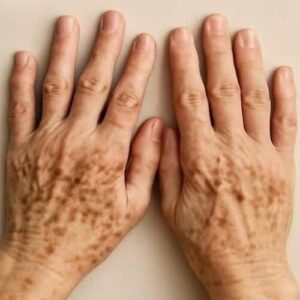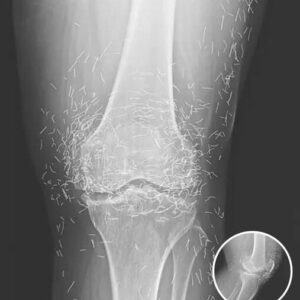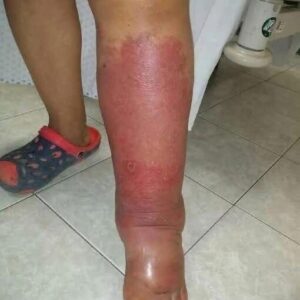Did you know that when a slug visits your house, it might be more than just an unwanted sight? These often-overlooked creatures can serve as unexpected indicators of environmental conditions within and around your home. Understanding what a slug’s presence signifies can help homeowners take more informed steps toward maintaining a healthy and balanced living space.
**The Hidden Message Behind Slugs in Your Home**
Slugs are mollusks closely related to snails, characterized by their soft, elongated bodies and lack of a prominent shell. Commonly found in gardens, damp basements, or shaded areas, slugs thrive in moist, humid environments. Their presence inside a house often signals specific underlying issues that might otherwise go unnoticed.
**Moisture and Humidity Levels**
One of the primary reasons slugs are drawn into homes is high humidity. These creatures require moist environments to survive and reproduce. If you notice slug activity indoors, it could point to excess moisture or poor ventilation. Bathrooms, basements, and kitchens are typical hotspots due to their naturally humid conditions. Long-term exposure to dampness may lead to mold growth and damage to structural elements, making it important to identify and address underlying moisture problems.
**Potential Entry Points**
Slugs are skilled at slipping through tiny gaps and cracks. Common entry points include basement windows, door thresholds, utility penetrations, and gaps around pipes or vents. The presence of slugs may indicate that your home’s sealing is compromised, allowing not only slugs but also other pests to enter. Proper inspection and sealing of these entry points are essential for pest prevention and overall home maintenance.
**Indicators of a Garden or Landscaping Issue**
In cases where your home’s garden or surrounding landscape has overgrown vegetation, leaf litter, or debris, slugs are naturally attracted to these areas. Sometimes they venture indoors when environmental conditions outside become less hospitable, such as during dry spells or after heavy rains. An overabundance of organic matter near foundations can act as an attractant, causing slug migration into indoor spaces.
**Health and Structural Implications**
While slugs are generally harmless to humans in terms of direct health risks, their presence can be a concern due to the potential transmission of parasites and bacteria, such as those linked to food contamination. They can also cause damage to plants within the home or garden and may harbor pests like slugs’ predators if not managed appropriately.
**Tips for Managing and Preventing Slugs**
To reduce the likelihood of encountering slugs in your home, consider the following measures:
– **Moisture Control:** Use dehumidifiers in damp areas and ensure proper ventilation. Fix leaks promptly and avoid excess watering around your property.
– **Seal Entry Points:** Inspect the exterior of your home for gaps, cracks, or holes and seal them with appropriate materials.
– **Landscaping Practices:** Keep garden debris, leaf litter, and overgrown vegetation away from foundations. Use barriers or copper tape around entry points if necessary.
– **Indoor Cleanliness:** Regularly clean and dry areas prone to humidity, such as basements, laundry rooms, or underneath sinks.
– **Natural Predators and Baits:** Employ natural methods or safe slug baits if infestation persists, but handle chemicals with caution to protect household members and pets.
**When to Consult Professionals**
If slug activity is persistent despite your efforts, or if you suspect an underlying structural issue contributing to moisture buildup, it is advisable to consult pest control professionals or home inspectors. They can conduct comprehensive assessments to identify hidden problems and recommend effective remediation strategies.
**Conclusion**
The appearance of a slug inside your house might seem trivial at first, but it often carries richer implications about your home’s environmental health. Recognizing what slug visits mean—for moisture levels, potential entry points, or landscaping issues—can be the first step towards maintaining a safer, cleaner, and more comfortable living environment. Regular home inspections, moisture management, and proactive pest control can help keep these slimy visitors at bay and ensure your home remains a healthy haven.
STAY TUNED !





